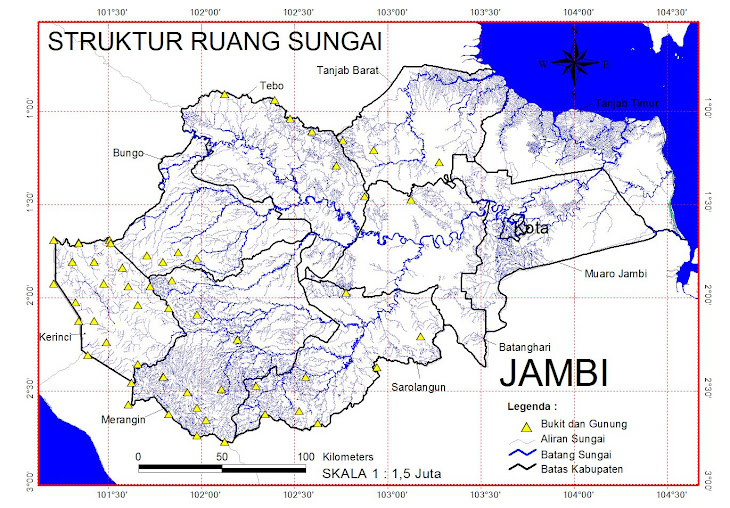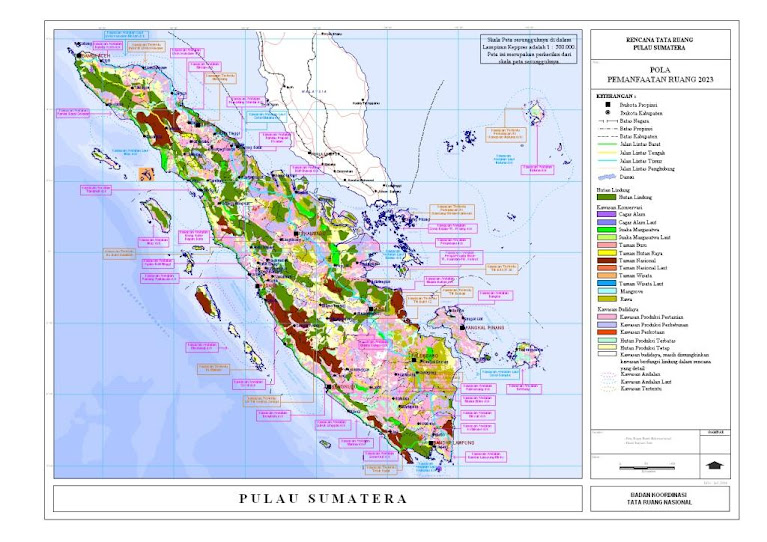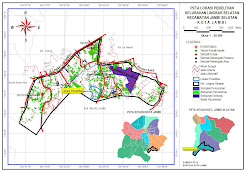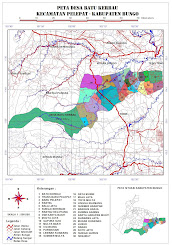Bonnie Struggling in the Gulf of Mexico due to Wind Shear
A strong southeasterly wind shear is preventing Tropical Depression Bonnie from strengthening over the Gulf of Mexico, where the storm sits on Saturday, July 24. GOES-13 satellite image today provides a good picture of the effects of that shear as the center of Bonnie visibly seems to be southwest of the bulk of its clouds and showers.
The Geostationary Operational Environmental Satellite, GOES-13 that watches weather over the eastern U.S. captured a visible image of Tropical Depression Bonnie this morning, July 24, at 1140 UTC (7:40 a.m. EDT). The image clearly shows Bonnie's center as a small circular area southeast of Louisiana located to the southeast of the bulk of Bonnie's clouds and showers to the northeast.
The Geostationary Operational Environmental Satellite, GOES-13 that watches weather over the eastern U.S. captured a visible image of Tropical Depression Bonnie this morning, July 24, at 1140 UTC (7:40 a.m. EDT). The image clearly shows Bonnie's center as a small circular area southeast of Louisiana located to the southeast of the bulk of Bonnie's clouds and showers to the northeast.

The National Hurricane Center noted that "the southeasterly shear is not expected to abate prior to bonnie reaching the coast and none of the intensity guidance shows intensification. However...the official forecast will keep the possibility of re-strengthening to a tropical storm before bonnie makes landfall. An alternate scenario that remains possible is for bonnie to degenerate to an open trough today. That scenario is supported by some of the global models."
At 8 a.m. EDT, Bonnie's maximum sustained winds were holding near 30 mph. Bonnie's center was located near latitude 27.6 north and longitude 86.1 west. That's about 215 miles east-southeast of the mouth of the Mississippi River and 160 miles south-southwest of Apalachicola, Florida. The depression is moving toward the west-northwest near 20 mph and a gradual decrease in forward speed is expected today with little change in the direction of motion. On this track the center of Bonnie is forecast to approach the northern Gulf coast tonight.

NASA's Aqua satellite provided a very clear image of Tropical Storm Bonnie over Florida on July 23 at 18:50 UTC (4:50 p.m. EDT) as it was moving into the Gulf of Mexico.
Credit: NASA/MODIS Rapid Response Team
Credit: NASA/MODIS Rapid Response Team
A tropical storm warning is still in effect for Destin, Florida to Morgan City, Louisiana including Lake Pontchartrain. However, the National Hurricane Center noted that the tropical storm warning will likely be discontinued later this morning (July 24).
Tropical Depression Bonnie is expected to produce total rainfall accumulations of 1 to 2 inches over portions of southern Louisiana, southern Alabama, southern Mississippi and the far western Florida panhandle...with possible isolated maximum amounts of 3 inches. Gusty winds will also be experienced in those areas today and storm surge is expected between 1 and 3 feet.
Before coming into the Gulf of Mexico, Tropical Storm Bonnie made landfall in South Florida on Friday the 23rd of July 2010. The center of the storm came ashore near Cutler Bay along the southeast coast of Florida, about 40 miles south of Miami, around 11:00 a.m. local time (EDT) with sustained winds of 40 mph (~65 mph) according to the National Hurricane Center.
Tropical Depression Bonnie is expected to produce total rainfall accumulations of 1 to 2 inches over portions of southern Louisiana, southern Alabama, southern Mississippi and the far western Florida panhandle...with possible isolated maximum amounts of 3 inches. Gusty winds will also be experienced in those areas today and storm surge is expected between 1 and 3 feet.
Before coming into the Gulf of Mexico, Tropical Storm Bonnie made landfall in South Florida on Friday the 23rd of July 2010. The center of the storm came ashore near Cutler Bay along the southeast coast of Florida, about 40 miles south of Miami, around 11:00 a.m. local time (EDT) with sustained winds of 40 mph (~65 mph) according to the National Hurricane Center.

This TRMM satellite 3-D image shows heavy rain associated with a tall convective tower (shown in red) that extends to over 15 km (over 9 miles high) near the center of the storm. Credit: NASA/SSAI, Hal Pierce
Bonnie formed a day earlier between the central Bahamas and eastern Cuba from a west-ward propagating tropical wave that had emerged off of the coast of Africa a little over a week ago. The storm has been moving steadily towards the west-northwest at a fairly rapid pace after forming south of the Bahamas.
The Tropical Rainfall Measuring Mission satellite (known as TRMM) captured unique images of Bonnie as it was approaching the southeast coast of Florida during the early morning hours on Friday, July 23. The images were taken at 07:53 UTC (3:53 am EDT) July 23 just after Bonnie had passed over Andros Island in the southwestern Bahamas. One TRMM image showed the horizontal pattern of rain intensity within the storm.
Rain rates in the center of the orbit "swath" or path are based on the TRMM Precipitation Radar (PR), and those in the outer swath on the TRMM Microwave Imager (TMI). The rain rates are overlaid on infrared (IR) data from the TRMM Visible Infrared Scanner (VIRS).
TRMM revealed that in general, Bonnie is a pretty small storm and contains very little in the way of rain. Patchy areas of mostly light to occasionally moderate rain are spread around but away from the center. There is, however, one area of intense rain located near the center. The storm is not very well organized with only weak banding (curvature) evident in the rainbands away from the center and no evidence of an eye.
A second image using TRMM data was created to show the storm in 3-D. That image showed the area of heavy rain evident in the rainfall image was associated with a tall convective tower that extends to over 15 km (over 9 miles high) near the center of the storm. Oftentimes, these tall towers can be a sign of strengthening as they indicate the presence of strong showers and thunderstorms that are releasing large amounts of heat into the storm. However, because it was only weakly organized and under the influence of moderate to strong southeasterly wind shear, Bonnie was unable to strengthen before making landfall in south Florida.
The National Hurricane Center forecast track as of 8 a.m. EDT on July 24 takes Bonnie into southeastern Louisiana near midnight tonight, making landfall in the bayou near Barataria Bay, south of New Orleans. For updates on Tropical Depression Bonnie's track and latest forecast, visit the National Hurricane Center website at: www.nhc.noaa.gov.
The GOES series of satellites are operated by the National Oceanic and Atmospheric Administration, and NASA's GOES Project, located at NASA's Goddard Space Flight Center, Greenbelt, Md. creates some of the GOES satellite images. TRMM is a joint mission between NASA and the Japanese space agency JAXA.
Text credit: Rob Gutro and Steve Lang, NASA/Goddard Space Flight Center
Sumber : http://www.nasa.gov/mission_pages/hurricanes/archives/2010/h2010_Bonnie.html













Tidak ada komentar:
Posting Komentar